
Fiji, officially the Republic of Fiji, is an island country in Melanesia, part of Oceania in the South Pacific Ocean. It lies about 1,100 nautical miles north-northeast of New Zealand. Fiji consists of an archipelago of more than 330 islands—of which about 110 are permanently inhabited—and more than 500 islets, amounting to a total land area of about 18,300 square kilometres (7,100 sq mi). The most outlying island group is Ono-i-Lau. About 87% of the total population of 924,610 live on the two major islands, Viti Levu and Vanua Levu. About three-quarters of Fijians live on Viti Levu's coasts: either in the capital city of Suva; or in smaller urban centres such as Nadi—where tourism is the major local industry; or in Lautoka, where the sugar-cane industry is dominant. The interior of Viti Levu is sparsely inhabited because of its terrain.

Charles Wilkes was an American naval officer, ship's captain, and explorer. He led the United States Exploring Expedition (1838–1842).

The United States Exploring Expedition of 1838–1842 was an exploring and surveying expedition of the Pacific Ocean and surrounding lands conducted by the United States. The original appointed commanding officer was Commodore Thomas ap Catesby Jones. Funding for the original expedition was requested by President John Quincy Adams in 1828; however, Congress would not implement funding until eight years later. In May 1836, the oceanic exploration voyage was finally authorized by Congress and created by President Andrew Jackson.

Guemes Island is a small island in western Skagit County, Washington, United States. It is located north of Fidalgo Island and the city of Anacortes, and is accessible by private boat and by the Guemes Island ferry operated by Skagit County.
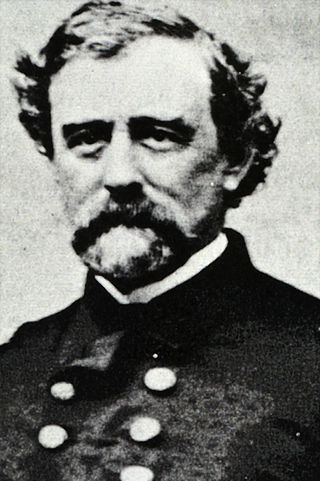
James Alden Jr. was a rear admiral in the United States Navy. In the Mexican–American War he participated in the captures of Veracruz, Tuxpan, and Tabasco. Fighting on the Union side in the Civil War, he took part in the relief of Fort Pickens, followed by many engagements on the Lower Mississippi, before being promoted captain of USS Brooklyn and assisting in the Union victory in the Battle of Mobile Bay.

Alfred Thomas Agate was a noted American artist, painter and miniaturist.
Ono Island is a member of the Kadavu Group, an outlier to Kadavu Island, to the south of Viti Levu, one of Fiji's two main islands. It is separated from Kadavu Island by the Ono Channel. Located at 18.88° South and 178.50° East, this volcanic island is enclosed by the Great Astrolabe Reef. It covers an area of 30 square kilometers. Its maximum altitude is 354 meters. There are seven villages: Vabea (south), Waisomo (south), Narikoso (southeast), Naqara (northeast), Nabouwalu (northwest), Buliya, Dravuni.

Nadroga-Navosa is one of the fourteen provinces of Fiji and one of eight based in Viti Levu, Fiji's largest island. It is about 2,385 square kilometers and occupies the South-West and Central areas of Viti Levu, Fiji's principal island. The province includes the Mamanuca Archipelago,Malolo Islands, off the west coast of Viti Levu, Vatulele, as well as the remote Conway Reef in the southwest. The population at the 2017 census was 58,931, being the fifth largest province. The main town in Nadroga-Navosa is Sigatoka, with a population of 9622.

Astrolabe was originally a horse-transport barge converted into an exploration ship of the French Navy. Originally named Coquille, she is famous for her travels with Jules Dumont d'Urville. The name derives from an early navigational instrument, the astrolabe, a precursor to the sextant.
Magimagi is a fibrous product made from coconut husk.
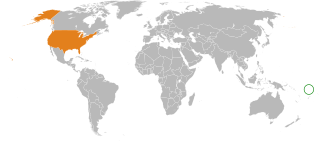
Tuvalu – United States relations are bilateral relations between Tuvalu and the United States.
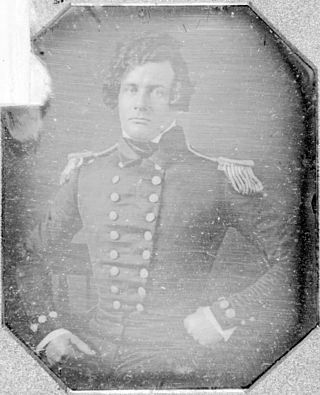
Henry Eld was a United States Navy officer, geographer, and Antarctic explorer.

Malolo Lailai, also known as Plantation Island, is the second largest and most developed of the Mamanuca Islands, lying 20 kilometres west of Nadi on Fiji's main island Viti Levu. Malolo Lailai is the centre of tourism in the Mamanuca Islands, and consists of four resorts, a number of residential houses, a marina and a golf course. The island can be reached in 50 minutes from Port Denarau by the Malolo Cat, a catamaran, or by Malolo Lailai Airport, a 10-minute flight from Nadi International Airport. Separated by a small isthmus which can be walked at low tide, the larger island of Malolo Levu lies north-west of Malolo Lailai.

Richard Russell Waldron was a purser "and special agent" in the Wilkes Expedition, together with younger brother Thomas Westbrook Waldron (consul). Several landmarks were named after him or his brother. After the expedition was completed Waldron enjoyed some popularity and influence in Washington, D.C.
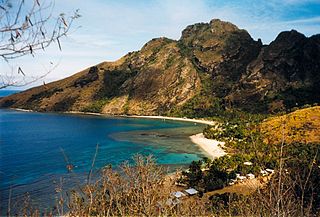
The Second Fiji expedition was an 1859 United States Navy operation against the native warriors of Seru Epenisa Cakobau on the island of Waya in Fiji. Following the death of two American traders on Waya, the Pacific Squadron launched a punitive expedition against the Wayans and defeated them in a pitched battle at the village of Somatti.
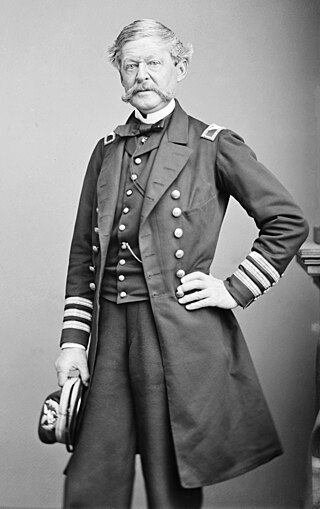
Cadwalader Ringgold was an officer in the United States Navy who served in the United States Exploring Expedition, later headed an expedition to the Northwest and, after initially retiring, returned to service during the Civil War.

The Battle of Drummond's Island was a conflict between the United States Exploring Expedition and the village of Utiroa on April 1841 at Drummond's Island, Tabiteuea North, which is now part of Tabiteuea. The cause of the conflict was the disappearance of the American seaman John Anderson, who was suspected, with no evidence, to have been murdered by the village natives. In retaliation, the members of the expedition killed twelve of the natives and burned the village of Utiroa to the ground.
Namotu Island is one of the few hundreds of islands that make up the country of Fiji. It is in the southernmost part of the chain of islands called the Mamanuca Islands, which are just west of Nadi. Namotu is located just off the western coast of the main island of Fiji known as Viti Levu. Namotu Island Resort, a haven for tourists, lies about five nautical miles west of Viti Levu. It is owned by Google co-founder Larry Page.
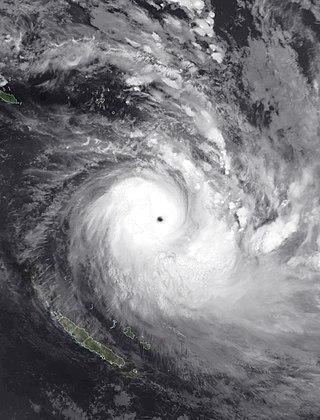
Severe Tropical Cyclone Harold was a very powerful tropical cyclone which caused widespread destruction in the Solomon Islands, Vanuatu, Fiji, and Tonga during April 2020. It was the first Category 5 tropical cyclone in 2020. The seventh named storm of the 2019–20 Australian region cyclone season, eighth named storm, and fourth severe tropical cyclone of the 2019–20 South Pacific cyclone season, Harold was first noted as a developing tropical low within a trough of low pressure during April 1, while it was located to the east of Papua New Guinea. Over the next day, the system moved south-eastwards over the Solomon Sea, before it was classified as a tropical cyclone and named Harold by the Australian Bureau of Meteorology. The system moved into the Fiji Meteorological Service's area of responsibility on April 2 and began to explosively intensify by April 3, reaching Category 4 status by April 4 on both scales. The next day, it further strengthened into a Category 5 severe tropical cyclone, the highest rating on the Australian scale. It made landfall on Espiritu Santo on April 6 and the next day, strengthening to its peak intensity, attaining Category 5-equivalent intensity on the Saffir–Simpson scale before making landfall on Pentecost Island. Moving east, it weakened below Category 5 intensity on both scales over subsequent days. It regained Category 5 severe tropical cyclone status while passing south of Fiji, before weakening and becoming extratropical on April 9.

















